Health & Science
Curiosity touches down on Mars; Grin and bear it; In defense of sloth; Kamikaze termites
Curiosity touches down on Mars
NASA’s Curiosity rover landed on Mars this week after a staggeringly complex sequence of descent maneuvers, and scientists now hope it can start solving an abiding mystery: whether the Red Planet has ever been capable of harboring life. Eight months after blasting off from Earth, Curiosity penetrated the thin atmosphere of Mars at 13,200 mph. With the help of a giant parachute and descent rockets, the spacecraft slowed and then hovered as it deployed a specially designed “sky crane” to gently lower the car-size rover to the surface. It will take engineers more than a week to determine whether the $2.5 billion rover survived the landing in full working condition; if it did, “we have a real analytical laboratory” on the surface of Mars, NASA scientist John M. Grunsfeld tells The New York Times. Curiosity houses cameras and 10 state-of-the-art instruments designed to test the Martian atmosphere and sediment, among them a rock-vaporizing laser that can convert rocks up to 25 feet away into gas to reveal their chemical makeup.
Since NASA’s Viking probe landed on Mars in 1976, scientists have gathered reams of data on conditions there. But Curiosity—the most sophisticated planetary rover ever built—is equipped to provide a much fuller picture of the planet. The nuclear-powered vehicle will roll from its landing site on the floor of the 3.5 billion–year–old Gale Crater toward 3-mile-high Mount Sharp. Heading up the mountain, it will encounter layers of increasingly young rock, giving scientists their first look at Mars’s geologic history. Scientists know that the Gale Crater once contained water; they hope to now discover whether clays and minerals there contain carbon, one of the building blocks of life. Any evidence that conditions for life exist on Mars, says NASA scientist James Green, will force us to radically “rethink our place in the universe.”
The Week
Escape your echo chamber. Get the facts behind the news, plus analysis from multiple perspectives.

Sign up for The Week's Free Newsletters
From our morning news briefing to a weekly Good News Newsletter, get the best of The Week delivered directly to your inbox.
From our morning news briefing to a weekly Good News Newsletter, get the best of The Week delivered directly to your inbox.
Grin and bear it
Even a fake grin can make you feel better. That’s the finding of University of Kansas researchers, who asked more than 150 volunteers to hold chopsticks in their mouths in one of three ways: one that kept their facial expressions neutral, one that caused them to smile with only their mouths, or one that engaged the facial muscles people use when producing a genuine grin. The researchers then monitored the subjects’ heart rates while they performed a stressful task, such as holding a hand in a cup of ice water. The subjects who produced a full smile had the lowest heart rates, followed by those who smiled with just their mouths; both of those groups also reported simply feeling better than those whose faces remained blank. The research suggests that the act of smiling—even divorced from feelings of joy—can help us relax, study author Sarah Pressman tells LiveScience.com. “The next time you are stuck in traffic or are experiencing some other type of stress,” force yourself to grin, she says. “It might actually help your heart health.”
In defense of sloth
It’s our diet, rather than our much-maligned sedentary lifestyle, that appears to be most responsible for our bulging waistlines. A surprising new study shows that hunter-gatherers from northern Tanzania burn about the same number of calories per day as office workers in the U.S. Researchers tracked the movements and measured the energy expended by members of the uniformly svelte Hadza tribe, who trek for miles each day hunting game and foraging for fruits and berries. Though the Hadza engage in far more physical activity than Westerners typically do, they burn fewer calories while at rest, making their overall daily energy expenditure roughly the same. But the Hadza also eat much less than Westerners, and their diet of meat and fruit contains none of the processed sugars and fats that permeate American fare. “The big reason that Westerners are getting fat is because we eat too much,” Hunter College anthropologist Herman Pontzer tells BBC.co.uk. “It’s not because we exercise too little.”
A free daily email with the biggest news stories of the day – and the best features from TheWeek.com
Kamikaze termites
Suicide bombers aren’t unique to the human species. Aging termites in French Guiana blow themselves up to defend their colony by showering enemy termites with a deadly chemical potion, biologists have learned. Older termites of the species Neocapritermes taracua have pouches on their backs filled with blue crystals containing copper. The insects burst when they are attacked, mixing the crystals with a substance from their salivary glands to create a toxic blue goo that rains down on their foes. Other social insect species have been known to commit defensive acts of suicide—known as autothysis—by rupturing their abdominal walls and blasting their attackers with excrement. But N. taracua is the first creature found that mixes chemicals as part of its suicide strategy. “The sophistication of this is remarkable,” Olav Rueppell, an evolutionary biologist at the University of North Carolina at Greensboro, tells Nature.com.
-
 Political cartoons for December 23
Political cartoons for December 23Cartoons Tuesday's political cartoons include an eye on CBS, cracking the middle class, and Donald Trump's name on everything
-
 Women carrying Christmas
Women carrying ChristmasTalking Point As the Christmas frenzy ramps up, many mums feel the pressure of ‘keeping the whole sleigh on the road’
-
 Is Keir Starmer being hoodwinked by China?
Is Keir Starmer being hoodwinked by China?Today's Big Question PM’s attempt to separate politics and security from trade and business is ‘naïve’
-
 5 recent breakthroughs in biology
5 recent breakthroughs in biologyIn depth From ancient bacteria, to modern cures, to future research
-
 Bacteria can turn plastic waste into a painkiller
Bacteria can turn plastic waste into a painkillerUnder the radar The process could be a solution to plastic pollution
-
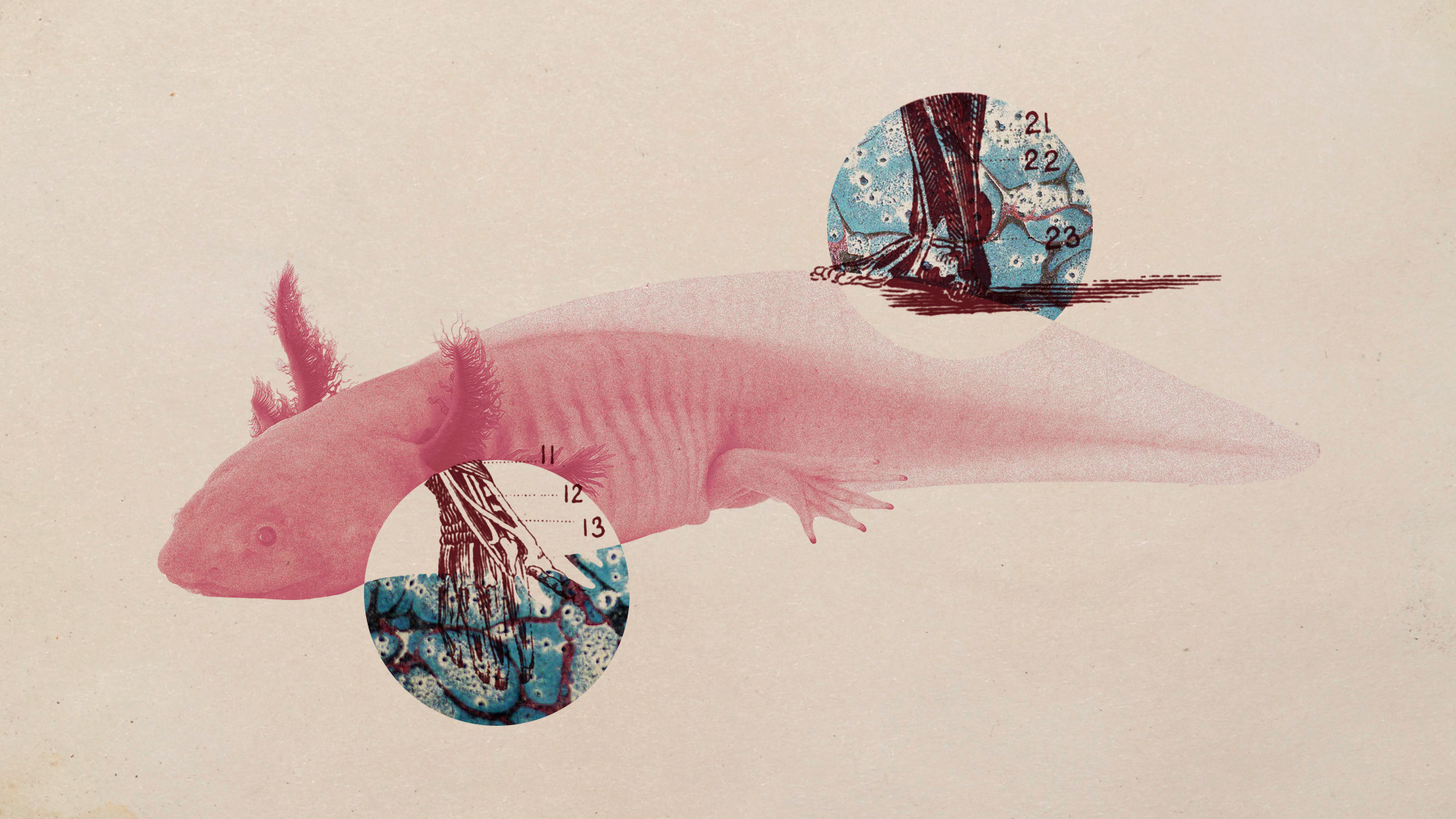 Scientists want to regrow human limbs. Salamanders could lead the way.
Scientists want to regrow human limbs. Salamanders could lead the way.Under the radar Humans may already have the genetic mechanism necessary
-
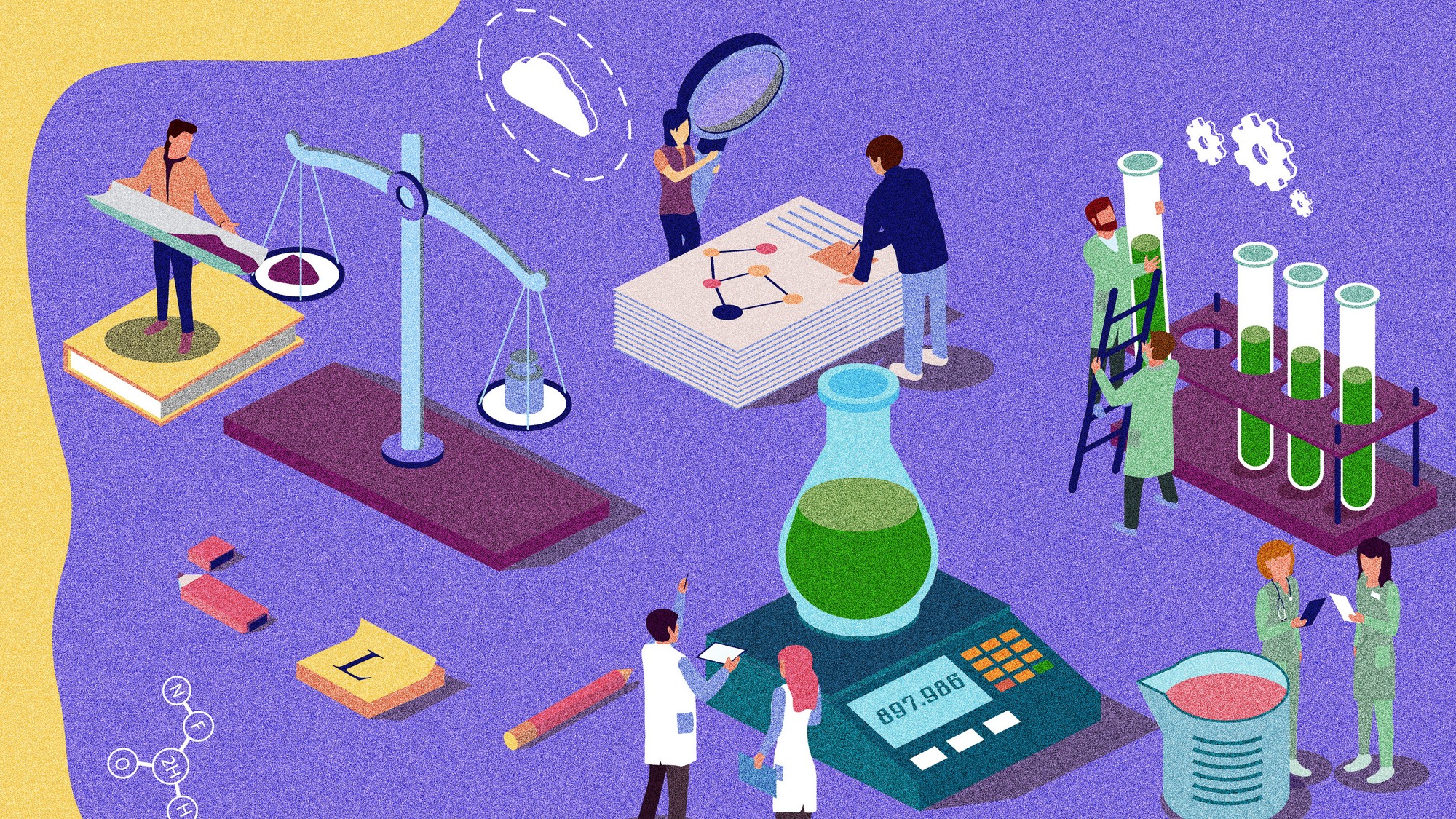 Is the world losing scientific innovation?
Is the world losing scientific innovation?Today's big question New research seems to be less exciting
-
 Breakthrough gene-editing treatment saves baby
Breakthrough gene-editing treatment saves babyspeed read KJ Muldoon was healed from a rare genetic condition
-
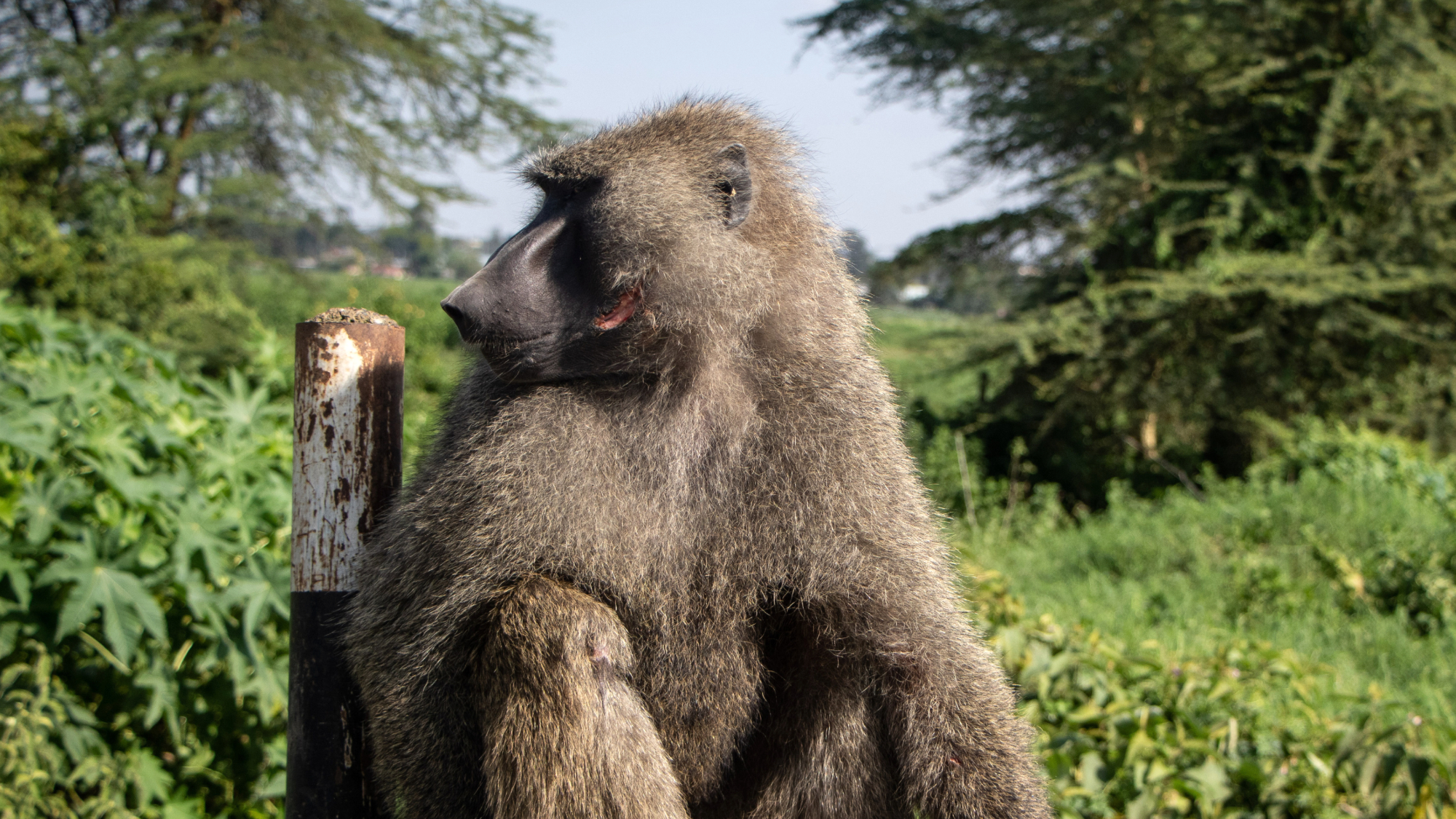 Humans heal much slower than other mammals
Humans heal much slower than other mammalsSpeed Read Slower healing may have been an evolutionary trade-off when we shed fur for sweat glands
-
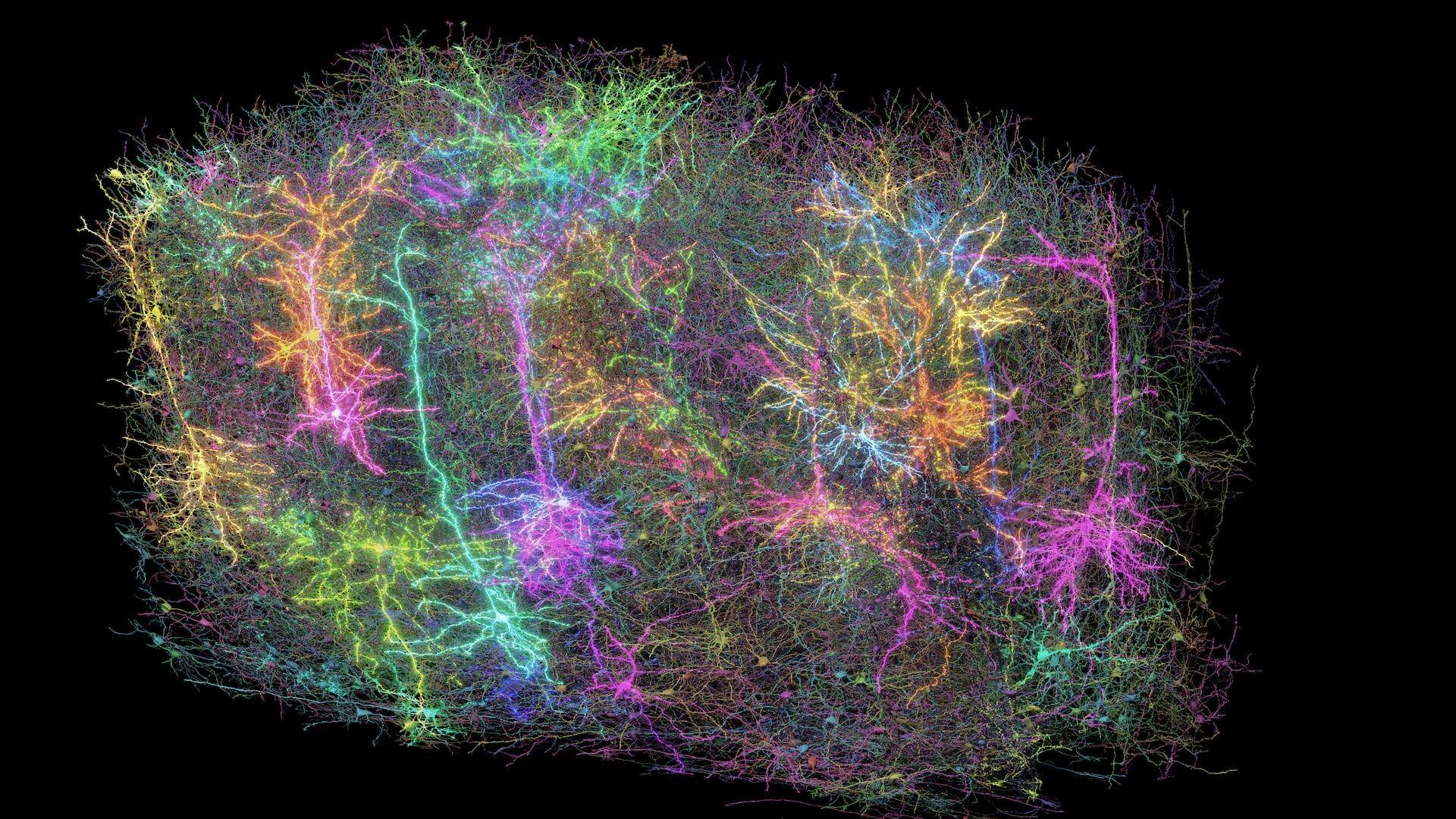 Scientists map miles of wiring in mouse brain
Scientists map miles of wiring in mouse brainSpeed Read Researchers have created the 'largest and most detailed wiring diagram of a mammalian brain to date,' said Nature
-
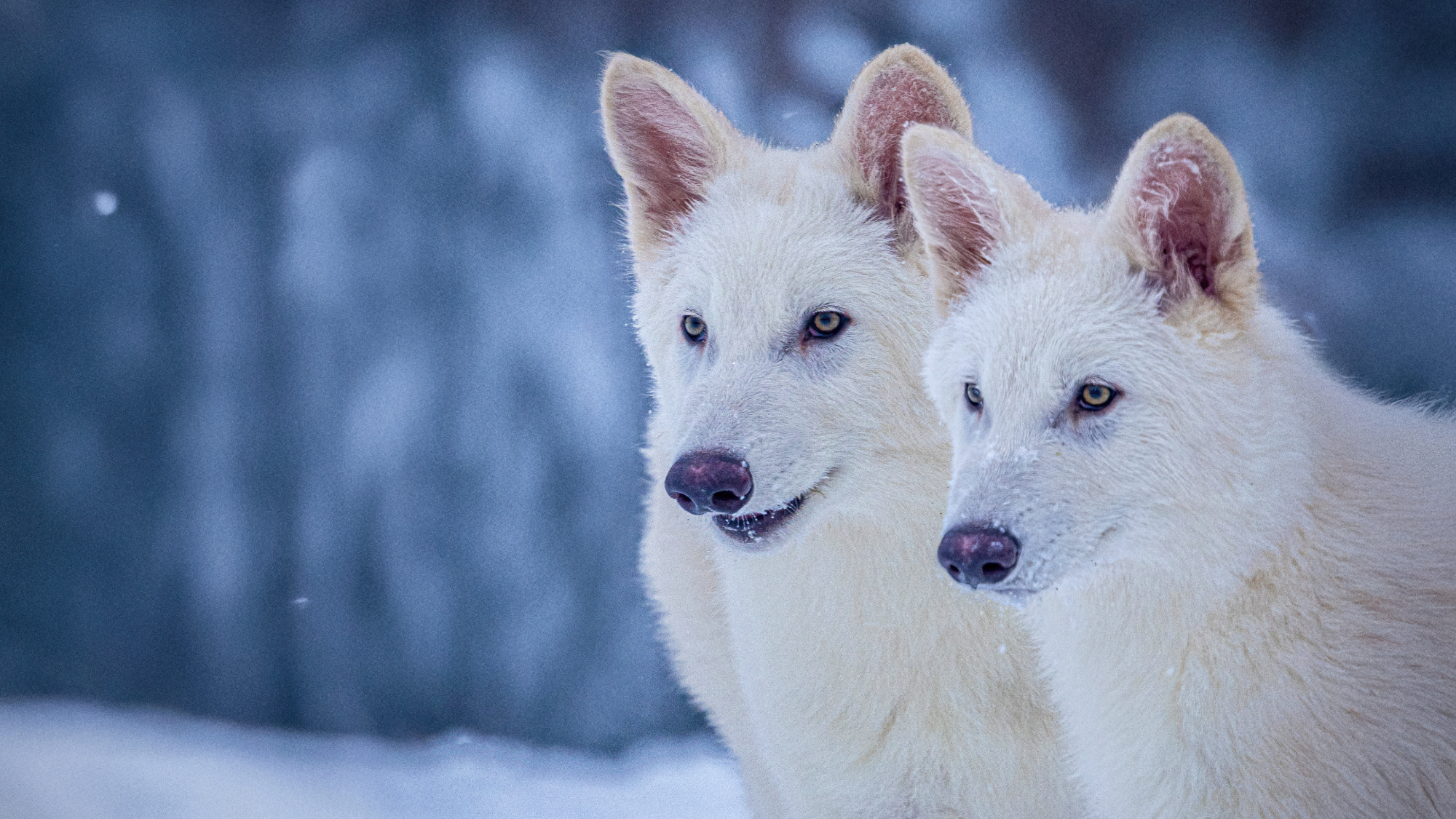 Scientists genetically revive extinct 'dire wolves'
Scientists genetically revive extinct 'dire wolves'Speed Read A 'de-extinction' company has revived the species made popular by HBO's 'Game of Thrones'